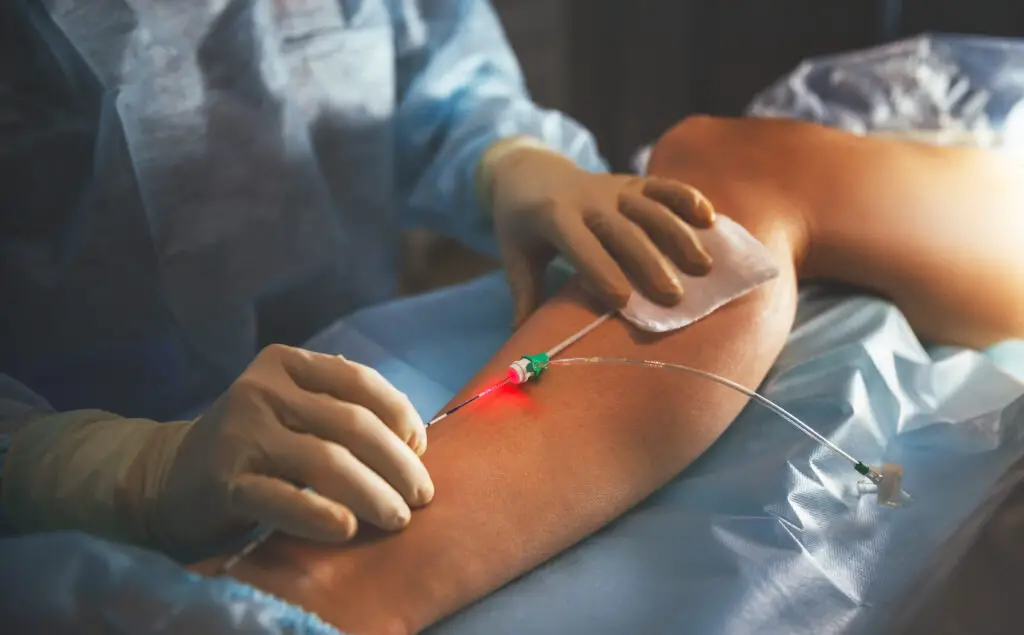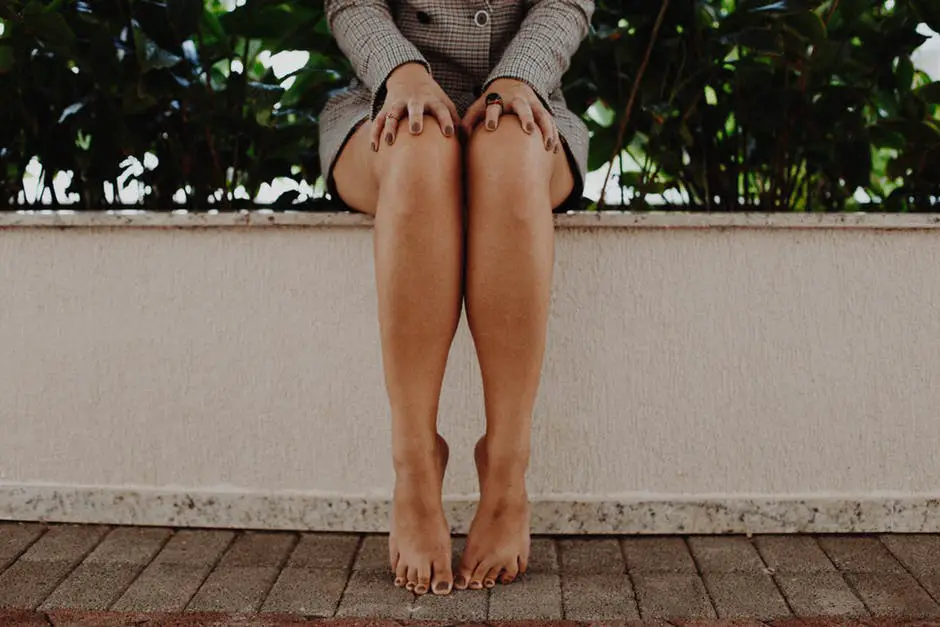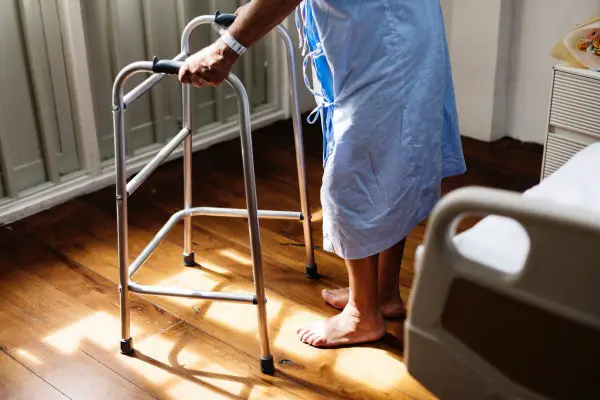Approved by the FDA in 1999, radiofrequency ablation, or RFA, revolutionized how the medical community addressed varicose veins. Up until the approval of radiofrequency ablation the treatment of varicose veins was limited to invasive and painful surgical procedures like vein stripping, a process that completely removed the symptomatic vein from your body.
Now, minimally invasive treatment options, including radiofrequency ablation treatments, are safe, cost-effective, and preferred methods of alleviating the symptoms such as pain and swelling caused by varicose veins.
Radiofrequency Ablation Procedure
Radiofrequency ablation treatment eliminates a varicose vein by using energy in the form of radio waves and delivered through a catheter directly into the wall of the damaged vein. These radio waves heat the catheter to 120°C, a temperature that is hot enough to close and eventually scar down the vein.
Prior to undergoing a radiofrequency ablation procedure, an ultrasound of the vein will be completed to identify and map areas of venous insufficiency, or improper functioning vein valves, the primary cause of varicose veins.
Most often used to alleviate damage in the greater saphenous vein and the lesser saphenous vein, the RFA catheter is inserted into the vein through a small incision made in the lower leg.

The catheter is fed through the vein and radiofrequency emissions then shrink and close 7cm sections of the vein at time; each section of the vein receiving radiofrequency ablation takes approximately 20 seconds to seal and close.
During a radiofrequency ablation, and as the procedure progresses, the catheter is withdrawn backwards from the vein, treating each identified section until the entire vein is sealed off.
Similar to the EVLT procedure, once a vein is closed off the blood in the vein is safely rerouted to other nearby veins without issue.
What To Expect After Radiofrequency Ablation
Most patients are able to resume normal daily activities with few limitations after completion of an RFA procedure. In the days following radiofrequency ablation, it’s common to experience significant bruising and mild discomfort along the vein that was treated; both the pain and bruising typically last one-to-two weeks.
While resuming a normal exercise routine like running or weight training can be resumed in seven to ten days, it is very important to walk daily and immediately after the procedure as a way to better support your recovery efforts.
It’s also important to wear compression stockings after an RFA procedure; specifically, compression socks are recommended to be worn day and night for the first week and just during the day for the second week or until your follow up appointment.
What Are The Side Effects of Radiofrequency Ablation?
Radiofrequency ablation procedures have proven to be extremely safe and effective. However, like any medical procedure, there is always the slight risk of experiencing side effects from any vein procedure, including RFAs.
While minor side effects can range from temporary discomfort, bleeding, and swelling, it’s also common to experience a feeling of tightness or “pulling” along the length of the procedure. This sensation is a result of the treated vein losing flexibility as it transitions into scar tissue; for most patients, this sensation will develop between one to four weeks after RFA treatment and typically resolves over time and on its own.
Radiofrequency Ablation Cost
Radiofrequency ablation cost depends on the number of veins that need to be treated; in other words, it often depends on how many damaged veins are found in the legs. The cost of RFA treatment ranges from $1500 for Medicare and HMO insurance and $2000 for PPO insurance per vein treated. These costs will vary based on your deductible and out of pocket expenses owed. Find a vein doctor in your city.
Read This Next
Varithena is a minimally invasive procedure designed to treat varicose veins by using prescription medicine injected in the form of a microfoam to close off a non-functioning...
Read MoreInvasive varicose veins surgery is often considered a last resort for treating severely damaged veins; fortunately there are many types of varicose veins surgery, ranging...
Read MoreUltrasound guided sclerotherapy, or UGS, is a specialized procedure designed to treat and eliminate branch varicose veins located at or just below, the surface of the skin. ...
Read MoreDebbie Middleton’s lower left leg started swelling up. So, she was sent to a vein specialist. Turns out, she had varicose veins. A leaky vein in her leg needed to be closed...
Read More





